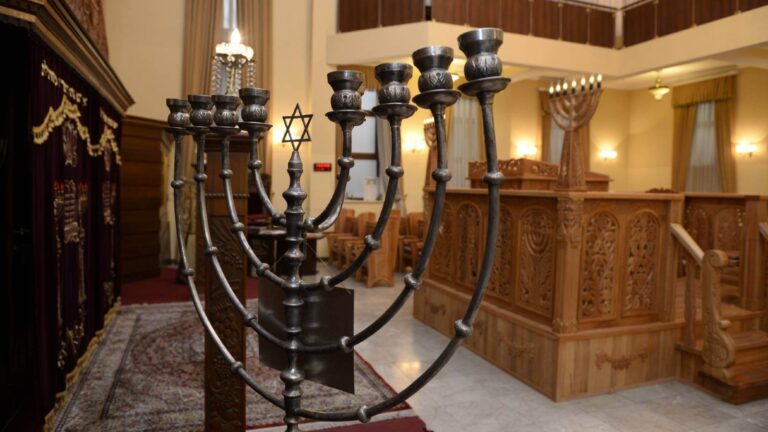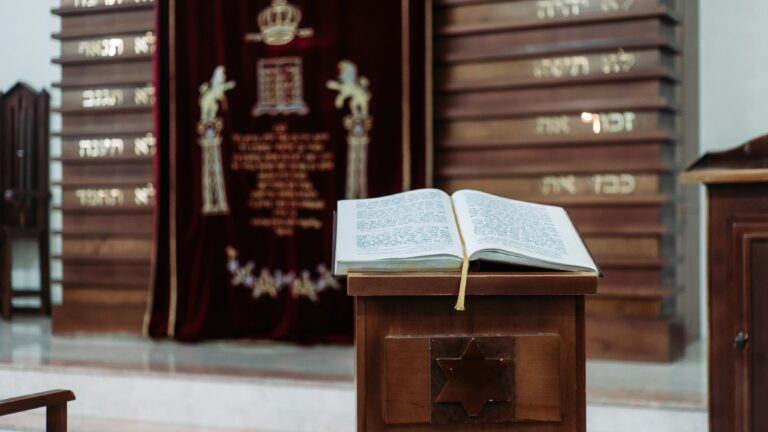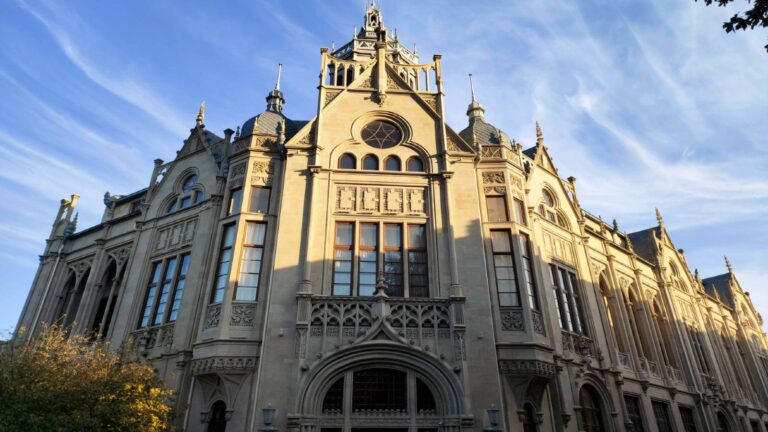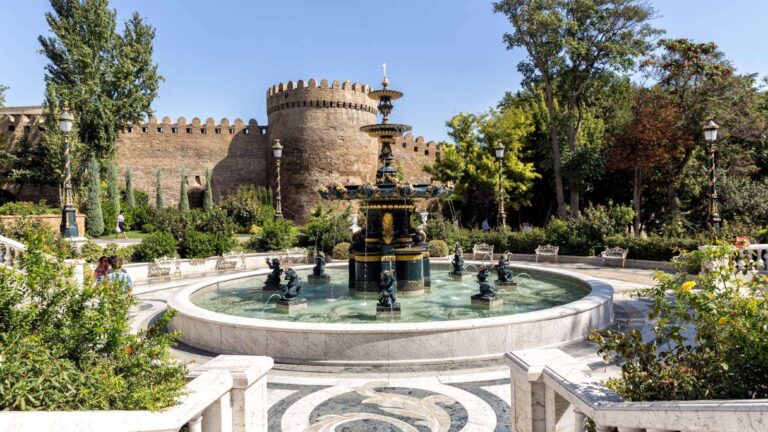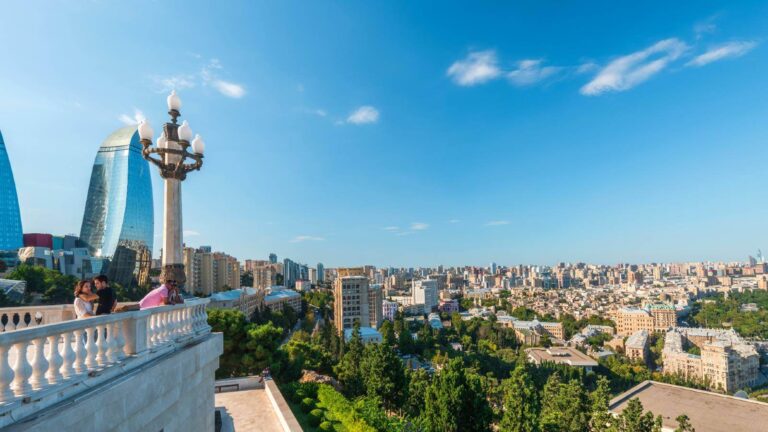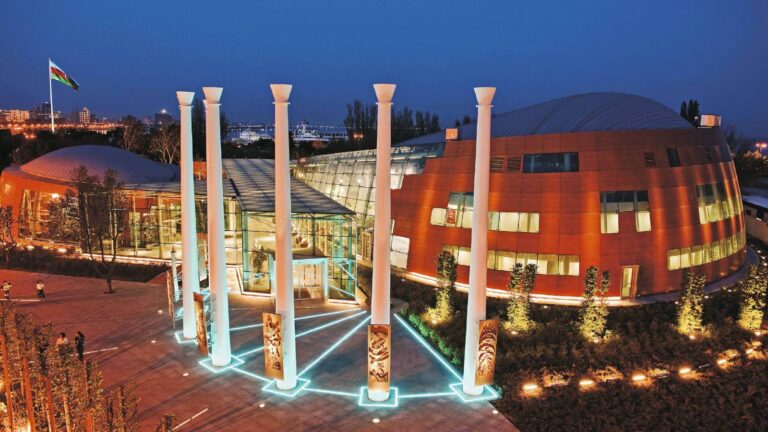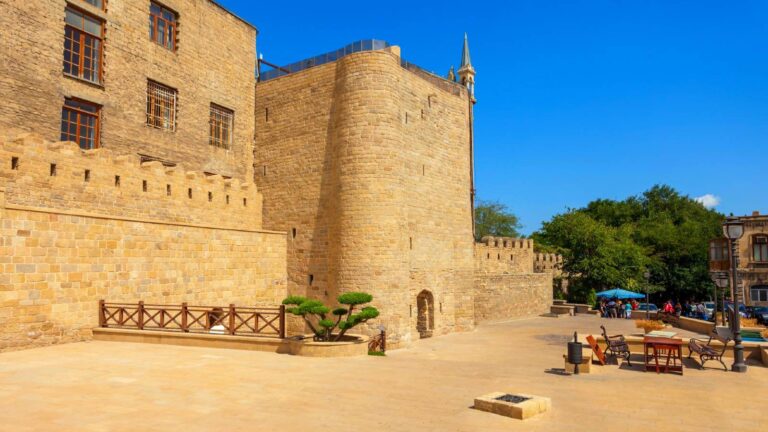MAin image. Asif Gurbanov, CC BY-SA 4.0 https://creativecommons.org/licenses/by-sa/4.0, via Wikimedia Commons
Getting There
You can get to Jeyranbatan reservoir by taxi or by private car.
What to Expect
In Azerbaijani, Jeyranbatan means “the place where the gazelle has drowned” which refers to an ancient legend related to the naming of city of Sumgait.
The reservoir gets the water from the Samur-Absheron channel, which is fed by three in flowing rivers Samurchay, Velvelichay, and Qudiyalchay. Due to the containment of drinking water, a sanitary protection zone was founded around the reservoir in 1960. In 2001, the first sanitary zone was expanded and fenced off for the protection of the reservoir lake. The project also included foresting and cleaning of water channels in order to improve the ecology of the lake. The fence is 23 km long. The reservoir also has two sets of big water pumping stations.
History
The reservoir was built on the basis of a project created at the beginning of the 20th century by the English engineer William Lindley. The main idea of the project was the transfer of water from the Samur River to the reservoir, where the water was to be cleaned and delivered to the cities.
The first installation of the complex was commissioned in 1961, the second in 1966, and the third in 1978. After putting the second and third plants into operation, the water supply of Sumgait, Baku villages, and the eastern part of the capital was significantly improved.

